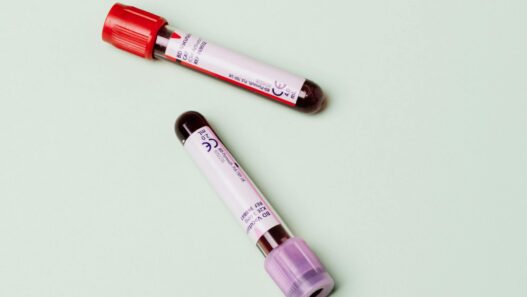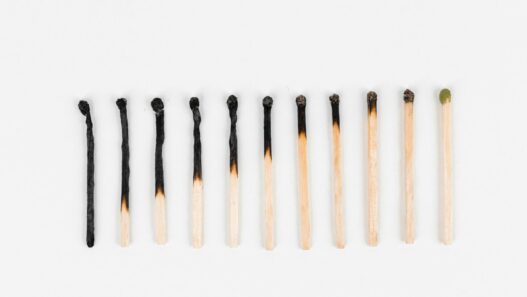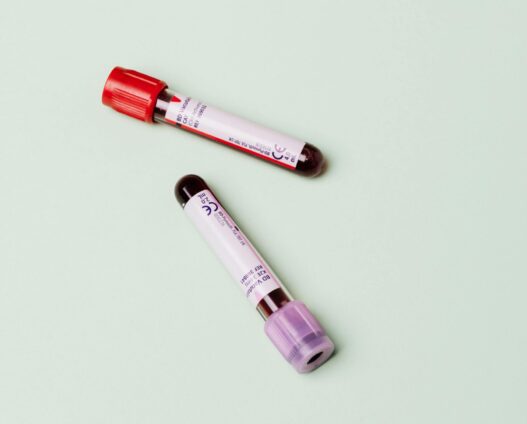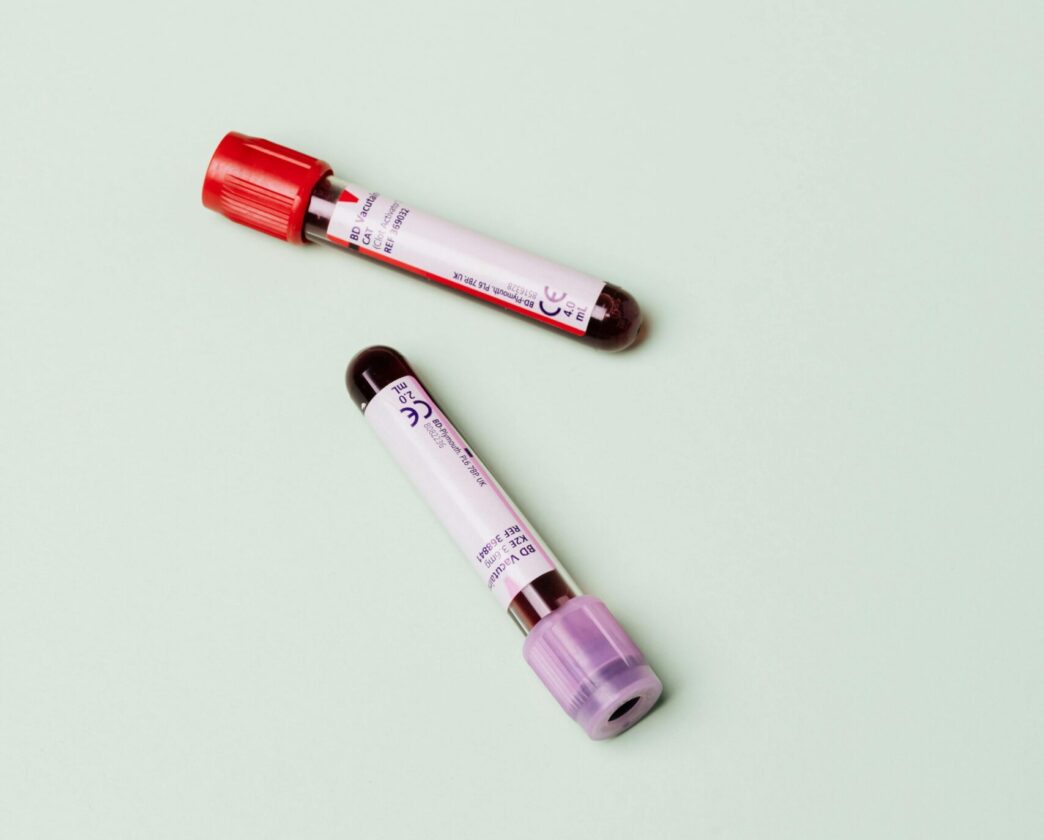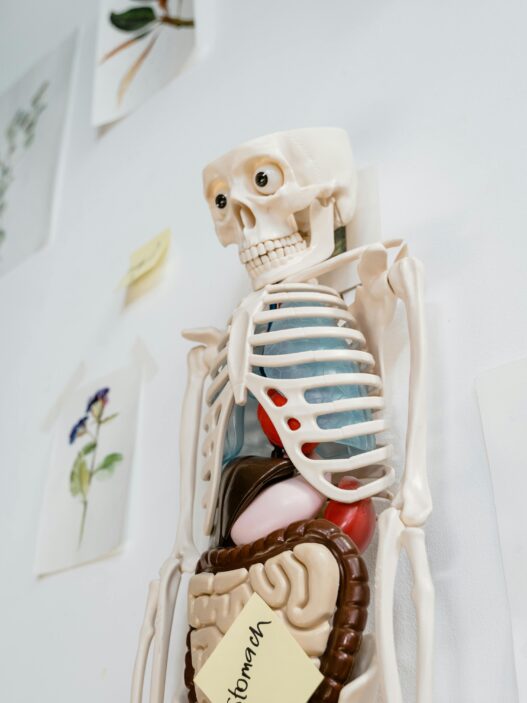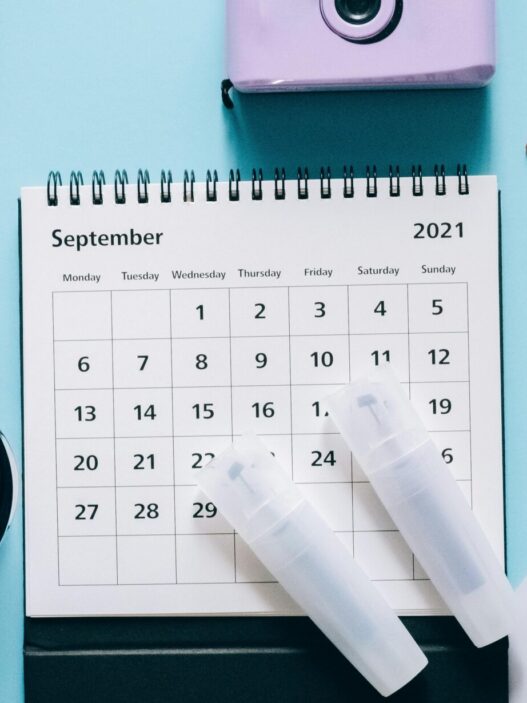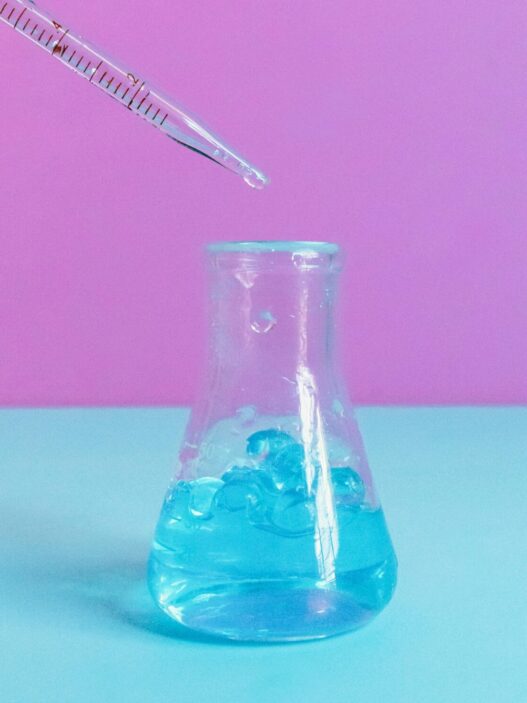In short at the moment, it cannot be checked.
Whilst there are tools out there that suggest they can, for example for your skin, measure collagen levels, studies have shown that it is notoriously difficult at the moment to get to any level of accuracy.
This is because collagen levels are difficult to measure due to the protein’s limited solubility.
Solubility is essentially the collagen protein’s ability to dissolve and for its structure to breakdown in a neutral solvent such as an acid or even water.
Scientists require something to be solvent, so that it breaks down and they can measure the amount of collagen in a given space.
Different types of collagen protein have different levels of solvency, there are also different conditions in which collagen protein may be more likely to breakdown, making it again difficult to quantify and causing issues with repeatability.
As collagen appears as fibres under a microscope, it is important to note the density of these fibres vary depending on the purpose of the collagen – so measuring in one place may not be entirely reflective of overall collagen levels in your body.
For example collagen is used to varying degree in places like your cartilage, blood vessels, hair, skin, muscles, bones, tendons and ligaments.
Can I tell if my body’s collagen level is decreasing?
When it comes to the impact of collagen deficiency, or a drop in collagen production in your body, that is something you can definitely identify.
Here are some of the signs and symptoms to watch out for:
- Wrinkly, dry and sagging skin.
- Hallowing under your eyes, essentially seeing eye bags or your eyes appearing sunken underneath.
- Increased muscle aches, as well as muscle loss and feeling of weakness.
- Less flexibility in your tendons and ligaments, which are generally in your elbows, wrists, shoulders, heel and knee.
- Increased joint pain, damage and stiffness. This is when your bones start to rub together, because cartilage isn’t being replaced and the existing cartilage is being worn down.
- Brittle nails that are frequently breaking and are weak.
- Dry, thinning and straw-like hair.
- Potential issues with blood flow around the body.
- Stomach problems.
- Weaker bones which result in more fractures and injuries.
For any concerns or issues, please consult with a doctor.

